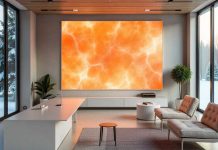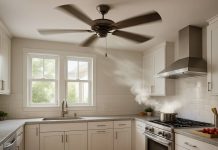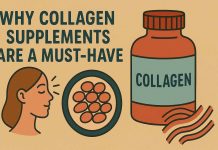Whether your commercial property needs a new roof or you’re building a new structure, a high-quality roofing system is a significant investment. The right type of roof can enhance the building’s longevity and help save money on energy bills.
There are many factors to consider when choosing the right type of commercial roof. Let’s explore some of the most important ones:
Durability
Commercial roofs are designed with longevity in mind. Depending on the material type and installation method, many types of commercial roofs are expected to last for 30 years or more. This allows you to enjoy your business for a significant amount of time before requiring a roof replacement. The exact lifespan of a commercial roof depends on various factors, including weather conditions, the number of repairs, and the level of maintenance performed. Regular inspections by a professional company like the Great Lakes Commercial Roofing can nip issues in the bud, saving you from costly repairs and untimely roof replacements.
Single-ply membranes such as PVC, TPO, and EPDM are highly durable and can withstand various environmental conditions. They also resist oil, grease, fungus, fire, and chemicals. These roofs are commonly used for low-slope buildings and industrial spaces. They’re also easy to install and require minimal maintenance. This is because they have fewer seams and gaps, making them less likely to leak.
Energy Efficiency
Commercial buildings can benefit from energy efficiency in several ways. They can install solar panels, collect rainwater, and use green appliances and materials. However, the roof can make or break a building’s energy efficiency.
It’s important to understand that commercial roofing is one of the most extensive energy-consuming parts of any building. The reason is that the top absorbs heat, transfers it throughout the entire structure, and forces air conditioning systems to work overtime. Choosing a light-colored and highly reflective roofing material can decrease your building’s energy consumption and save money on electricity bills.
Safety
Roofing work can be hazardous, as it involves working at heights. It’s essential to ensure that safety standards are clear and adhered to from when a crew arrives on site until they depart.
For instance, ensuring that electrical lines are turned off before anyone goes on the roof and providing adequate fall protection equipment for those who need it. Ensuring that all hazards are marked before construction begins is essential. This can include anything from putting up warning signs to removing any debris that could cause someone to trip or fall.
Commercial roofs used by commercial roofing installation must withstand various environmental hazards, from sun exposure and temperature changes to moss, mildew, and even the impact of an accidental fire or electrical surge. To do so, they must be able to meet the Occupational Safety and Health Administration’s (OSHA) safety requirements for roofing. This can be done through regular maintenance and inspections.
Aesthetics
Besides their primary function of protecting what’s inside, commercial roofs can also be essential to a building’s aesthetics. Innovative roofing designs can help businesses create a unique look that will leave a positive impression on clients.
Aesthetics are essential for businesses that want to maintain architectural harmony and enhance curb appeal. A well-designed roof can improve the overall appearance of a building and increase its value.
Commercial roofs come in various styles, materials, and colors to suit any business’s taste. Some options include shingle, TPO, EPDM, and metal roofing. There are even eco-friendly options, such as green roofs and solar panels. Many roofing solutions are long-lasting and durable, making them an excellent investment for any company. In addition, they can provide additional energy savings and improve a building’s appearance. For more information about these options, contact a trusted local roofing contractor. They can help you decide which type of commercial roof best suits your needs and budget.










